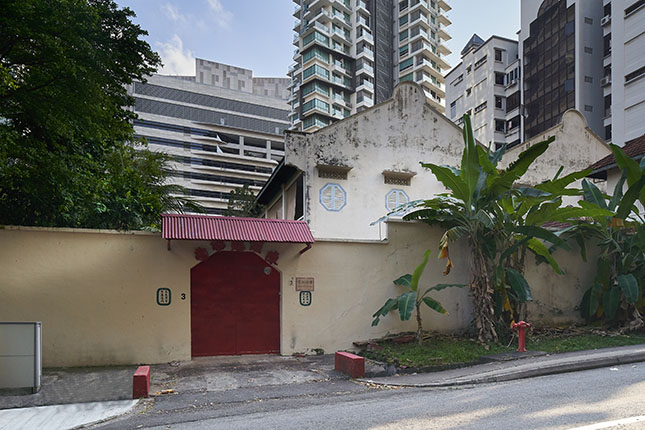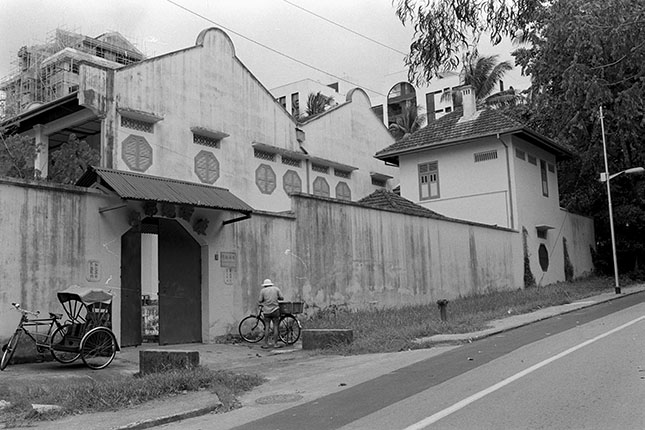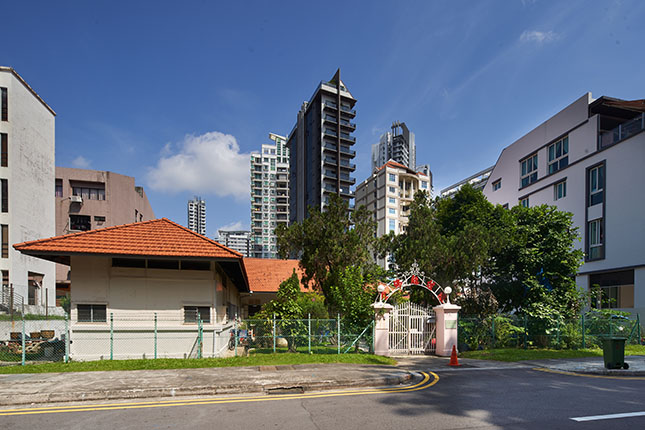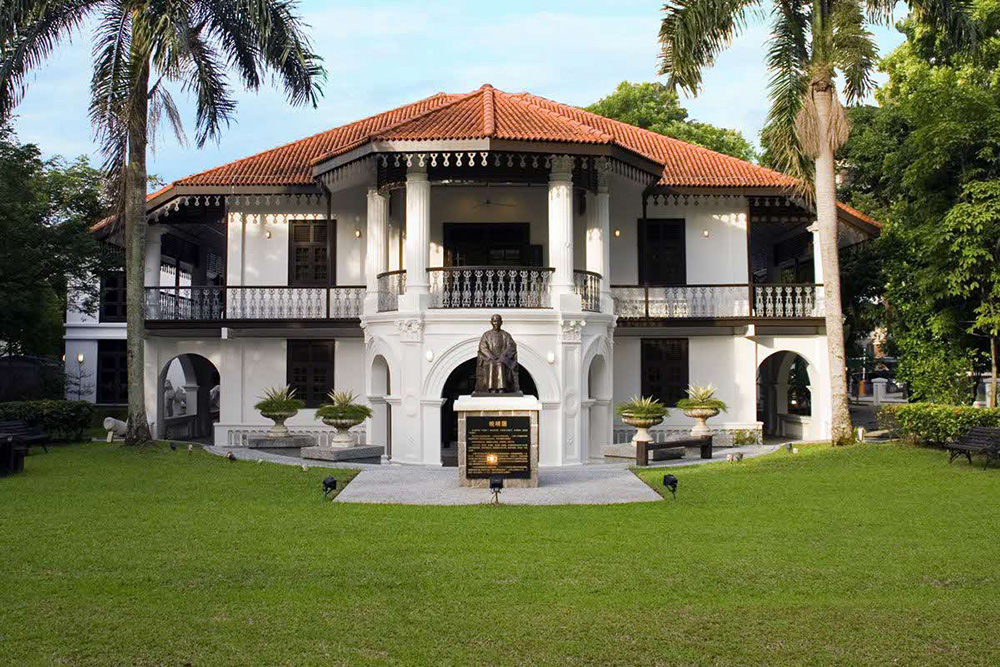Chan Chor Bin Fatt Tong stands in stark contrast to the high-rise apartments on all sides — a forgotten timeless tableau of Singapore’s migrant pioneers who, having no family of their own, forged new relationships in a foreign land.
Hidden behind high boundary walls and gate, Chan Chor Bin Fatt Tong located at 3 Bassein Road appear to be shrouded in mystery.
Constructed in 1936, Chan Chor Bin Fatt Tong was originally a zhaitang (斋堂) or “vegetarian lodge”, for unattached migrant women. Its occupants were required to perform Buddhist rites, maintain a vegetarian diet, and remain celibate.
Like other zhaitang in Singapore, the lodge served an important social function in the lives of its otherwise-isolated occupants. For a small monthly fee, women were provided with social support and care from other women within the zhaitang; they were also assured of a proper funeral upon death.
Within the compound of Chan Chor Bin Fatt Tong, there are a few single and double storey buildings which are interlinked to each other and surrounded by generous outdoor corridors. The buildings architecture style is likely to be influenced by traditional shophouses or townhouses in Singapore. The most distinctive feature is the parapet walls at the sides of the double pitch roofs, adorned with octagonal louvre windows and ornamented ventilation blocks. Instead of having an internal courtyard, full width balconies are found on the 2nd storey of the building.
Its aesthetic features hint at the compound’s religious affiliations. Octagonal windows, symbolic of the Taoist ba gua (八卦), are stamped across its otherwise austere walls. Eight — considered a lucky number in Chinese culture — is a repeated motif within the house’s architecture.
Today, the building no longer serves its original purpose. Maintained by a handful of devout elderly women, who act as both caretakers and trustees, the present-day religious hall is open to the public during Chinese New Year.
Buildings and sites featured on Roots.SG are part of our efforts to raise awareness of our heritage; a listing on Roots.SG does not imply any form of preservation or conservation status, unless it is mentioned in the article. The information in this article is valid as of December 2019 and is not intended to be an exhaustive history of the site/building.
















